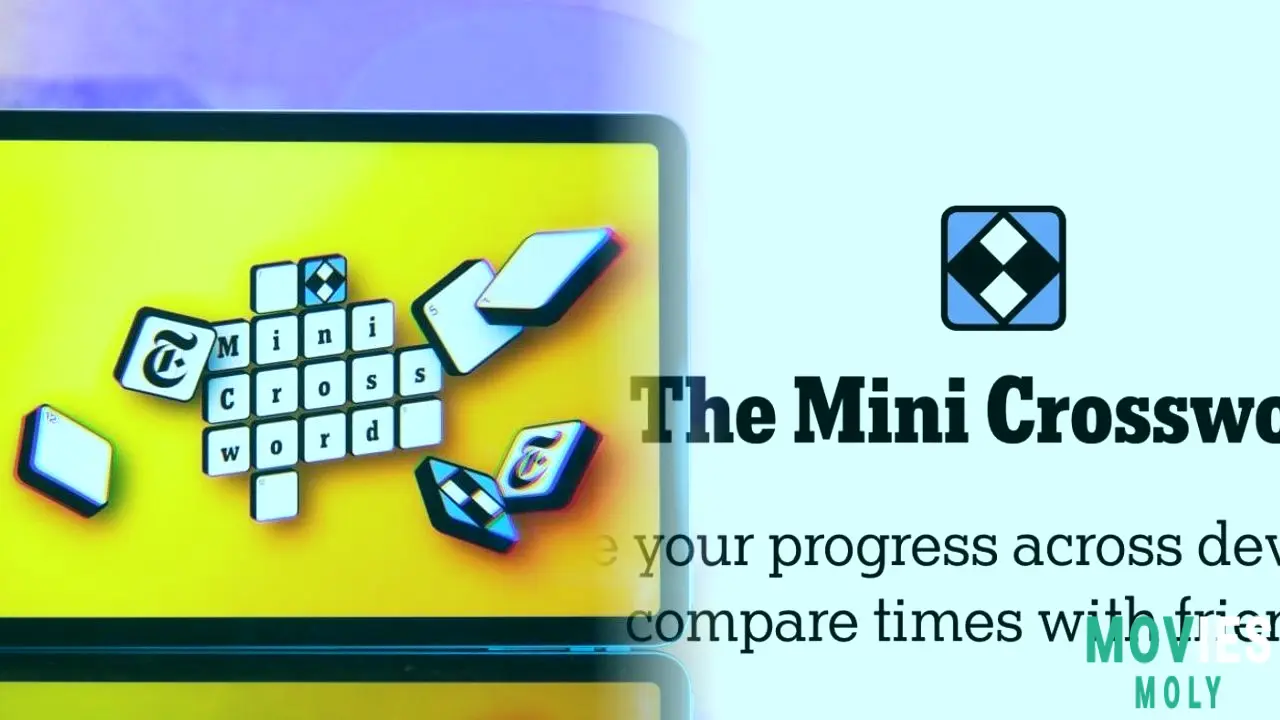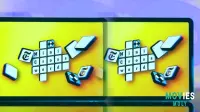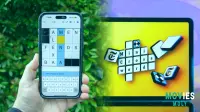If you're anything like me, your day likely begins with a fast mental workout. The New York Times Mini Crossword has become a regular part of my morning routine. It's a quick little challenge to get the gears moving. Sometimes it's a breeze. Other times, a single indication causes you to halt and scratch your mind. This week, one clue attracted my attention. It made me think about more than just letters in a grid.
The clue was, "Focus on Vogue and Elle." For those who play the Mini on a regular basis, it may have appeared very basic. It's the type of clue that feels like a nice nudge from the puzzle designers. It relates the problem to something most people are familiar with. I immediately knew the answer. It made me wonder about how these basic daily problems find their way into our habits. They become a minor but significant part of our day.
The NYT Mini is smaller. It's quicker. It's easier to understand than the larger and more challenging NYT Crossword. Unlike its larger sibling, the Mini is free to play and does not require a subscription to The New York Times. You can play it online or through the app. The program also allows you to access older puzzles. This ease of use is one of the primary reasons why so many individuals, including myself, have adopted it as a regular habit. It's a short burst of brain stimulation. It is just enough to jolt your brain without being overbearing.
Why The New York Times Mini Crossword Is The Best Daily Brain Teaser For EveryoneFrom casual players to dedicated solvers, the Mini provides a unique and engaging experience.
The first crossword problem appeared on December 21, 1913. It appeared in The New York World newspaper. It was known as the "FUN's Word-Cross Puzzle." It looked very different from today's puzzles. It had an intriguing diamond form. Some letters lacked "Across" or "Down" clues. The rules we follow now were not fully established back then. This makes you reflect on how far word puzzles have come. The Mini is a new take on an old idea that fits right into our fast-paced lives.
For me, the Mini's appeal stems from its ability to strike a balance between challenge and rapid reward. Some days you go through it in under a minute. Other days, a single phrase kills you. The "Focus on Vogue and Elle" clue did not put me off. However, it had the usual feeling of relying on broad information. When you get it, you feel smarter. This is what keeps bringing me back. It's that small boost of success first thing in the morning. It gives you the confidence to face whatever the day brings.
The Mini's appeal stems from its ability to accommodate to a variety of players. Some people treat it as a speed test. Every day, they aim to beat their previous best time. They may use a timer to monitor their progress. Others take their time. They like the process of patiently deciphering each word. I'm somewhere in the middle. I prefer to finish soon. But I don't get annoyed if I have to consider for a moment. It is about having fun with the puzzle. It is not about flawless performance.
Deciphering the "Focus Of Vogue And Elle" clue and its simple solution in this week's puzzle.
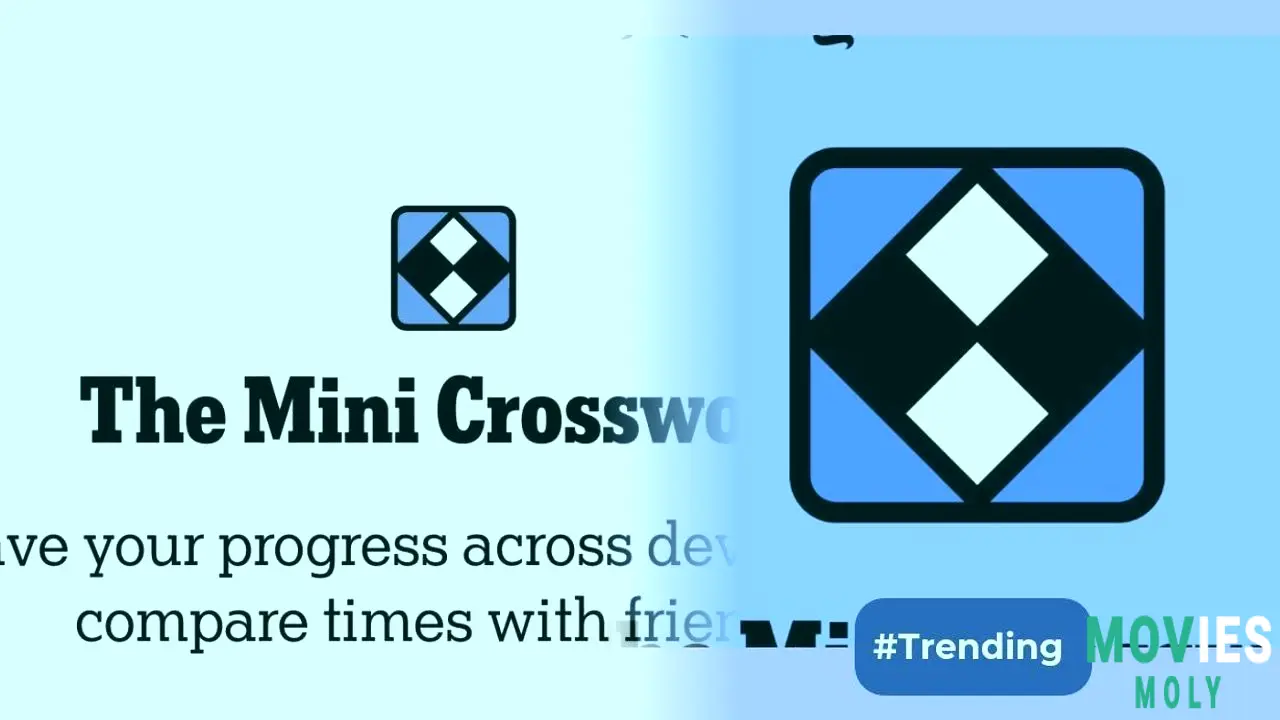
Looking at the specific clue that had me reflecting about my daily routines and magazine titles.
The clues in the Mini are generally quite ingenious. They can be straightforward or challenge you to think differently. This week's puzzle, which contained "Focus of Vogue and Elle," felt well balanced. Anyone who is familiar with those periodicals will have no trouble answering. It is about something that is directly related to both publications. The response, of course, was STYLE. This is a word that immediately makes sense in the context of fashion magazines. It also fits well into a 5x5 grid. These kinds of clues are what make the Mini appear intelligent. They are not too difficult, nor are they overly obvious.
The clues can be difficult at times. This puzzle also included "Boston Brahmin types" and "Stock market bounceback." These may not be as common among everyone. But that's part of the enjoyment. It is about learning new terms and connecting previously unrelated thoughts. The "Focus of Vogue and Elle" indication, on the other hand, is one that many people may understand. It relies on cultural knowledge. It does not necessitate specific knowledge. This makes the puzzle feel more accessible to a wider audience. It doesn't feel like it's exclusively for serious crossword enthusiasts.
The fact that this clue caused me to pause and consider the magazines themselves, even for a second, demonstrates the puzzle's subtle power. It's not simply about solving words. It's about linking concepts. It is about observing how various aspects of our reality fit together. This simple element, concealed within a brief puzzle, brightened my morning. It was a fantastic reminder of how even basic games can provoke thought.
The NYT Mini Crossword's Role in the Daily Lives of Many People Around the World
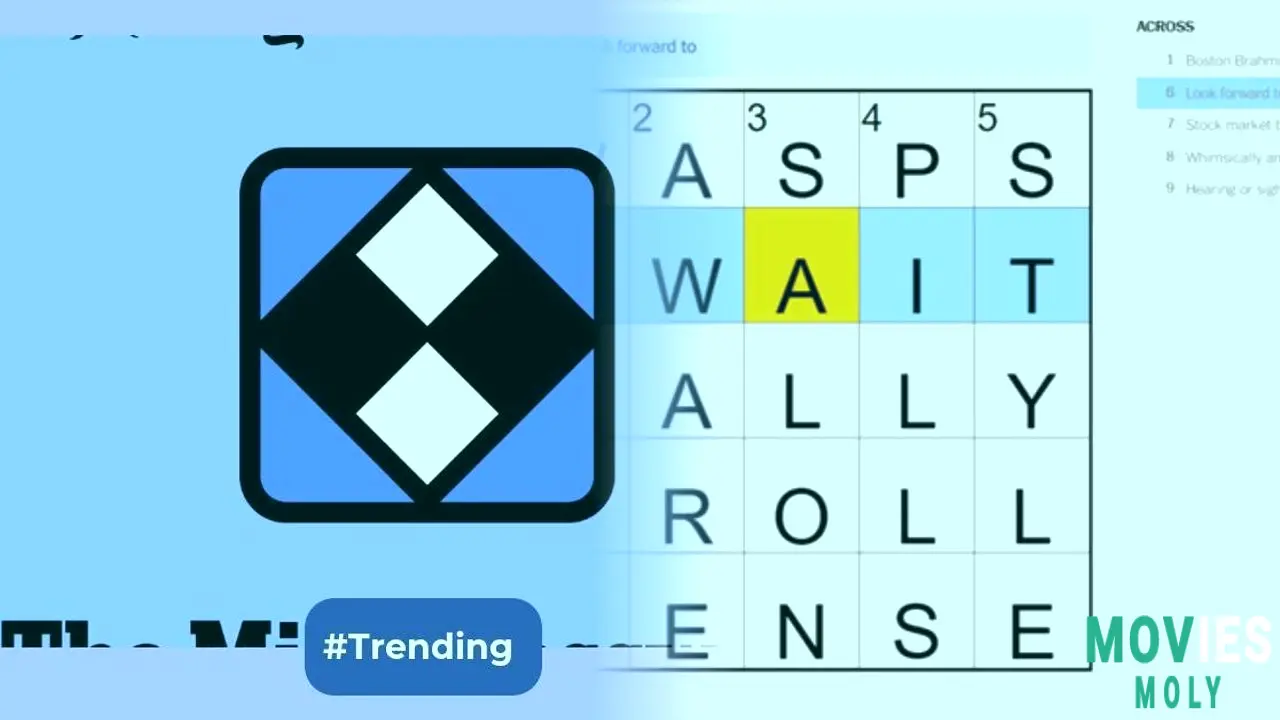
From Online Communities to Personal Habits: How A Small Puzzle Becomes A Big Deal
The New York Times Mini Crossword has become extremely popular. It has become a commonplace for many people. It's a fast mental warmup. Some people use it to unwind after a long day. It offers a temporary respite. It's a brief respite in an otherwise chaotic environment. The fact that it is free and easy to use allows it to reach a large audience. It implies you don't have to purchase a newspaper or pay for a full subscription. You can simply open your phone or PC. The puzzle is right there, waiting for you.
There are even communities formed around these puzzles. People post their times on social media. They discuss which clues were difficult or easy. It creates a common experience. It's a subtle method for people to bond over something simple and enjoyable. I've read countless posts regarding the Mini. It always makes me happy to see how something so tiny can bring people together. It demonstrates that, even in the digital age, basic word games retain a strong pull on us.
Part of the Mini's appeal stems from its overall layout, which includes a compact grid and a restricted amount of clues. It is intended to be completed quickly. This is essential for a daily habit. You don't feel like you're starting a massive endeavor. You feel as if you're checking in with your brain. Its addictive nature stems from its instant fulfillment. You finish one, feel good about it, and then look forward to the next one tomorrow.
Looking ahead: The continued appeal and enduring power of simple word puzzles.
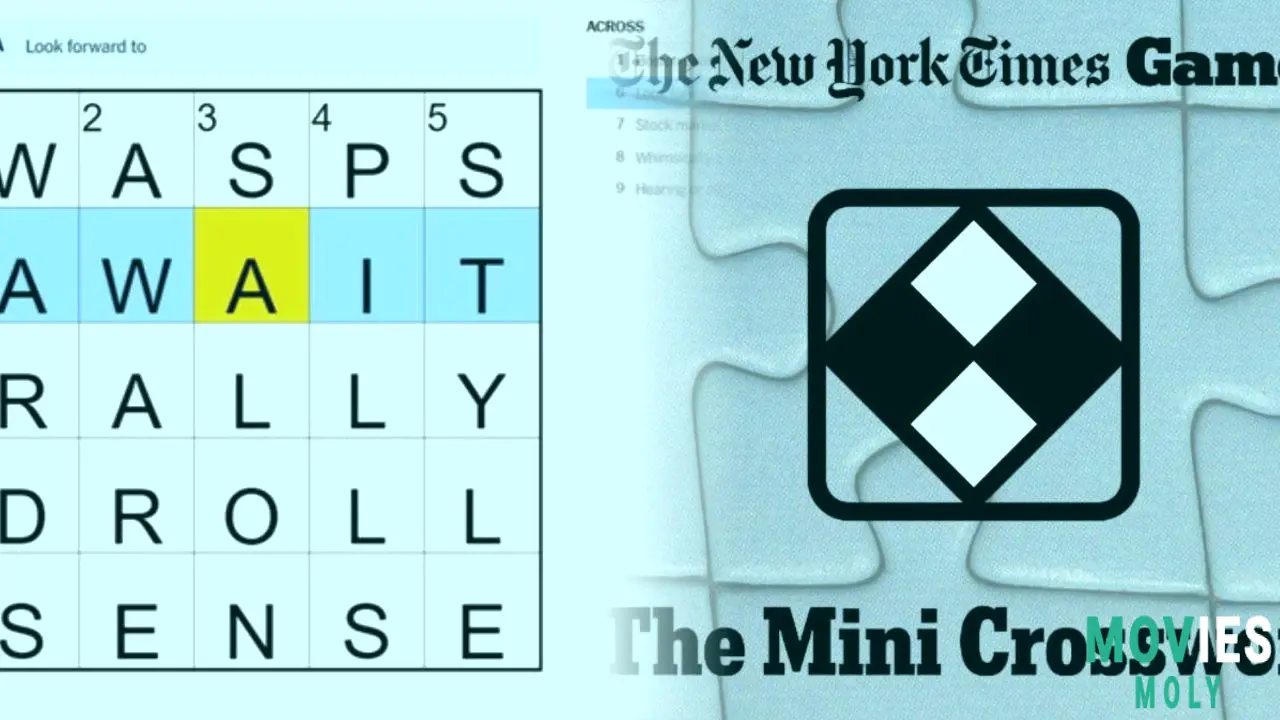
How The NYT Mini Crossword Will Likely Maintain Its Spot In Our Hearts And Routines
I anticipate the New York Times Mini Crossword will be popular for a long time. It appeals to a fundamental human yearning for little challenges. It provides a sense of accomplishment. In a world full of large, difficult challenges, a swift victory feels especially gratifying. The "Focus of Vogue and Elle" hint from this week is only one illustration of how the puzzle relates to our daily lives. It makes us think about what we see around us.
The team behind the riddles does an excellent job of keeping things interesting. They uncover new clues and make unexpected connections. This keeps the riddles interesting and varied. I'm always intrigued in seeing what new terms or phrases they'll throw at us. It is this continuous excellence that keeps customers returning day after day. It develops trust among the participants.
So, as the week progresses, I'll keep solving my daily Mini. This is a modest tradition. It's a basic thrill. It's a small piece of peaceful satisfaction in a hectic world. And every now and then, a clue like "Focus of Vogue and Elle" appears. It only reminds me how much I value these small riddles. They are not simply words on a screen. They provide a daily dose of amusement.

